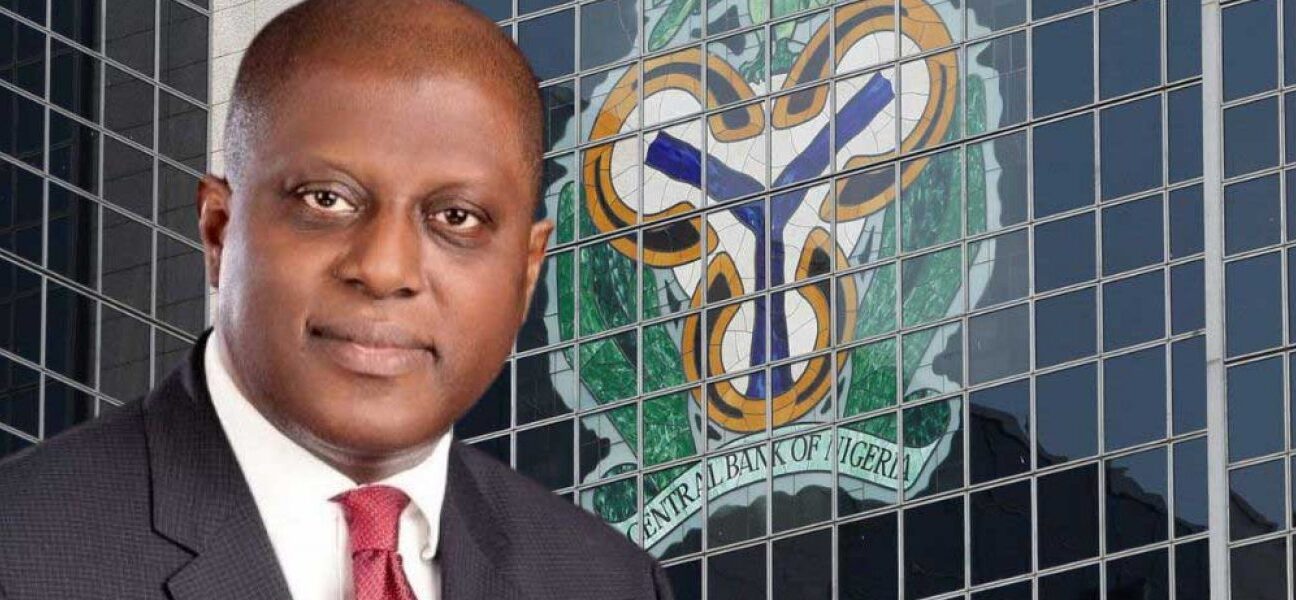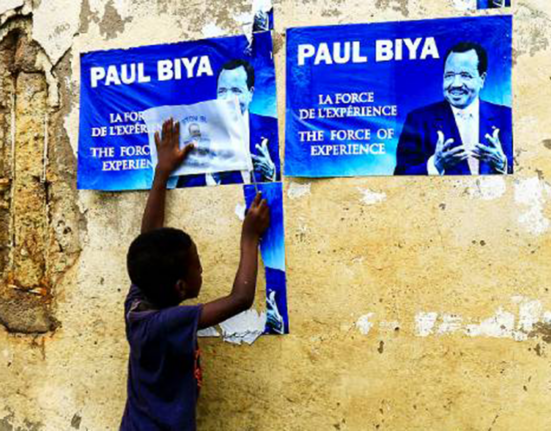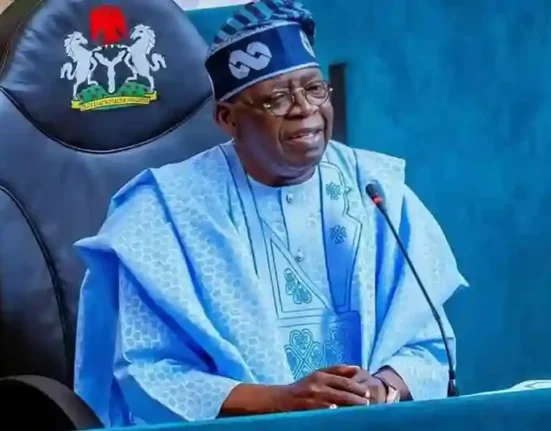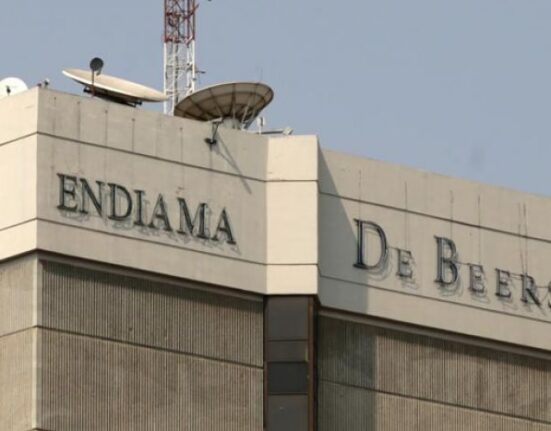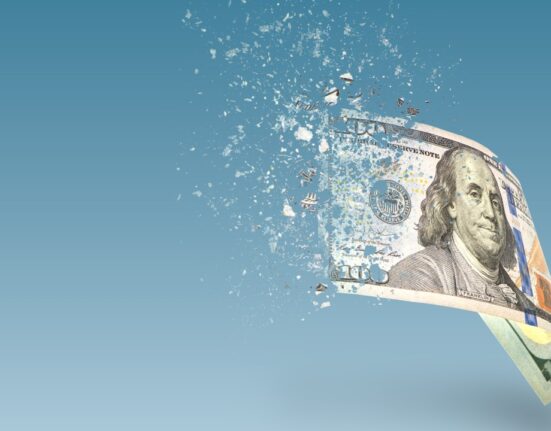By AfricaHeadline Investigative Desk
September, 2025
A hesitant shift after years of austerity
For the first time since the Covid-19 pandemic, Nigeria’s central bank has cut interest rates. On Tuesday in Abuja, the Monetary Policy Committee (MPC) trimmed the benchmark rate by 0.5 percentage points—from 27.5% to 27%.

AfricaHeadline Reports Team
editorial@africaheadline.com
It was a modest move, almost whispered rather than declared. For Governor Yemi Cardoso, it was less a pivot than an experiment: a cautious attempt to ease the country’s credit squeeze without reigniting inflation or destabilizing the naira.
The move reflects a central dilemma: how to stimulate a sluggish domestic economy without undermining fragile financial stability. Unlike bold cuts seen in advanced economies post-Covid, Nigeria’s cautious approach underscores deep mistrust of its own inflationary dynamics. Monetary easing is framed less as an opportunity for growth than as a delicate calibration between economic oxygen and political risk.
Critics, however, see symbolism over substance. Half a percentage point is unlikely to lower borrowing costs for businesses or households. To many, the cut is designed not to shift the economy, but to signal to investors that Nigeria is ready to step back toward orthodoxy—even if the impact on Main Street is negligible.
Inflation eases, but doubts persist
At 20.1% in August, inflation remains among the highest in Africa. Yet five straight months of cooling prices, aided by a controversial update in Consumer Price Index methodology, gave the MPC political and statistical cover.
Economist Ngozi Anozie, a former IMF advisor, was blunt: “Nigeria is not out of the woods. A methodology tweak doesn’t fill market stalls. Food inflation is still crippling households. The bank may have bought credibility on paper, but in markets across Lagos and Kano, people don’t feel it.”
The doubts go beyond methodology. Food inflation, transport costs, and energy tariffs remain sticky, eroding the purchasing power of millions. Analysts argue that any respite may be temporary, driven by seasonal harvests or base effects rather than structural improvements. In a country where over 60% of income is spent on food, such skepticism resonates widely.
There is also a trust deficit. Nigerians have lived through repeated episodes where headline inflation eased on paper but their daily expenses continued to rise. The perception gap between official statistics and lived reality risks further weakening confidence in the central bank, undermining its very attempt at credibility.
How Nigeria compares with its peers
The cut puts Nigeria in contrast with other African giants.
South Africa, facing milder inflation at 5.3%, has held rates steady, prioritizing currency stability.
Egypt, where inflation hovers above 28%, remains trapped in aggressive tightening, even as social discontent grows.
Ghana, scarred by a debt restructuring, has resisted easing despite inflation easing to 18%, fearing market panic.
Nigeria’s move, therefore, is both bold and risky. It signals an attempt to return to policy orthodoxy but also exposes Abuja to the dangers of moving faster than its neighbors in loosening financial conditions.
Comparisons also highlight Nigeria’s structural weaknesses. Unlike South Africa, it lacks deep capital markets that can absorb shocks. Unlike Ghana, it has not yet completed major debt restructuring to reassure creditors. And unlike Egypt, its inflation fight has been muddled by years of conflicting interventions. Nigeria’s “gentle cut” is a test of whether its credibility is sufficient to buy investor patience.
The contrast with peers also carries reputational stakes. If Nigeria’s experiment backfires, it may reinforce the stereotype of policy inconsistency that has long haunted Abuja. If successful, however, it could position Nigeria as the first mover in a broader African easing cycle—reclaiming a leadership role it has struggled to maintain in regional economic governance.
Cardoso’s doctrine: back to basics
Since taking over in 2023, Governor Cardoso has sought to repair a battered institution. For years, the Central Bank of Nigeria (CBN) blurred the line between fiscal and monetary policy—funding government projects, rationing foreign exchange, and intervening in nearly every sector from rice farms to airlines.
Cardoso’s strategy is simpler:
-
Anchor expectations by restoring transparency.
-
Defend the naira against speculation.
-
Rebuild investor trust, critical as Nigeria seeks new external loans and bond buyers.
Yet the reforms come with costs. A more orthodox central bank means fewer populist interventions, leaving vulnerable farmers and small manufacturers exposed. For a government that has long used the CBN as a tool of patronage, Cardoso’s insistence on discipline risks friction with political elites.
The challenge is compounded by fragile public trust. Nigerians remember the opaque policies of previous governors, where decisions seemed more political than economic. Cardoso’s doctrine will be judged not only on macroeconomic charts but on whether ordinary citizens feel the difference in their daily lives.
Growth rebounds, but for how long?
Nigeria’s economy grew 4.2% in Q2 2025, up from 3.1% in Q1. Oil production, still central to the state, has rebounded slightly as theft and sabotage declined. Tinubu’s government has enacted reforms—rolling back fuel subsidies, unifying the naira exchange rate, and pushing tax changes—that international lenders applaud but citizens often resent.
Here lies the paradox: reforms are winning credibility abroad, yet domestically they remain politically poisonous. Fuel price hikes sparked protests, while wage adjustments to cushion inflation have lagged in many states.
Moreover, Nigeria’s growth is narrowly based. Oil remains the main driver despite rhetoric about diversification. Agriculture and services are underperforming, while manufacturing struggles under chronic power shortages. Without structural reform in energy and infrastructure, the current rebound risks being another short-lived cycle.
Critics also warn of debt dependency. With debt servicing already consuming nearly 70% of federal revenues, Nigeria’s ability to sustain growth without reforming public finances is questionable. A modest rate cut may buy time, but it does not resolve the fiscal cliff looming on the horizon.
The street-level verdict: “Welcome, but irrelevant”
In Lagos’s Balogun Market, traders were unimpressed. “Half a percent cut? That doesn’t change anything for us,” said Chika Okoye, a textile vendor. Banks remain reluctant to lend, and when they do, collateral demands are insurmountable.
In rural Kaduna, farmers face fertilizer and transport costs that wipe out any benefit from lower rates. “Whether it’s 27.5 or 27, nothing changes on the farm,” said Musa Ibrahim, a maize farmer.
The disillusionment reflects a deeper reality: monetary policy rarely trickles down to Nigeria’s informal economy, which accounts for more than half of GDP. Without credit access, regulatory reforms, and social protection, policy shifts in Abuja feel remote, if not irrelevant.
Even in urban centers, wage arrears and rising rents have eroded middle-class confidence. For many Nigerians, the announcement was another headline disconnected from the grind of survival—proof of a widening gap between technocratic optimism and everyday struggle.
Investors: cautious optimism, conditional trust
Global investors are watching closely. The naira has stabilized in recent months, but memories of currency controls and sudden devaluations remain fresh.
London-based analyst David Spencer put it bluntly: “This cut is a test balloon. If the naira stays orderly, more will follow. If it cracks, Abuja will slam the brakes again. Investors like the narrative of orthodoxy, but they need proof, not promises.”
For portfolio investors, the cut signals a tentative opportunity to re-enter Nigerian markets. But for long-term investors—those building factories, not trading bonds—the bigger questions are governance, infrastructure, and stability. Without visible progress there, Nigeria risks being treated as a short-term bet, not a serious investment destination.
At the same time, multilaterals like the World Bank and AfDB are clear: monetary tinkering will not be enough. They demand structural reforms in power, transport, and corruption control as preconditions for deeper engagement. The message is simple: rates may shift markets, but only governance will sustain them.
Political stakes for Tinubu
For President Bola Tinubu, the central bank’s decision is more than monetary policy—it is political capital. His reform agenda has been praised by the IMF and World Bank but has also fueled strikes, protests, and eroding patience among the poor.
Analyst Funmi Adeoye noted: “Tinubu’s survival doesn’t hinge on bond markets. It hinges on whether ordinary Nigerians feel life getting better. The CBN can trim rates, but unless food becomes affordable and jobs return, the political cost of reforms could overwhelm the government.”
The stakes are existential. Tinubu’s reform program is meant to cement his legacy as a modernizer, but the backlash risks undermining his coalition. Opposition parties are already seizing on discontent to frame the cuts as “elite economics”—policies that benefit bondholders in London more than bread sellers in Lagos.
For the presidency, the next 12 months will be decisive. If reforms deliver stability without crushing livelihoods, Tinubu may emerge strengthened. If not, his administration could face the same fate as past governments: undone not by lack of vision, but by the unforgiving politics of Nigerian hardship.
The risks of moving too soon
Nigeria’s experiment carries hidden dangers:
-
Currency fragility – A sudden naira slide could undo investor confidence overnight.
-
Banking system stress – If banks expand credit recklessly, non-performing loans could spike.
-
Public frustration – A policy shift that fails to reach households could fuel anger against an already unpopular elite.
History is littered with warnings. Previous attempts at monetary easing in Nigeria—whether in the late 2000s or mid-2010s—often ended in inflationary surges and currency collapses. The risk is not just economic miscalculation but political mismanagement: a single wrong step could trigger capital flight and domestic unrest simultaneously.
Moreover, Nigeria lacks the buffers its peers enjoy. Foreign reserves remain thin, debt costs high, and fiscal space almost nonexistent. Unlike South Africa, which can lean on capital inflows, or Egypt, which benefits from Gulf aid, Nigeria’s room for error is perilously narrow.
A step forward, or just noise?
What happens next depends on two variables: inflation and the naira. If prices keep easing and the currency remains stable, gradual cuts may follow—meeting by meeting, in increments.
But Nigeria has been here before: brief windows of optimism followed by reversals into crisis. The challenge for Cardoso is to prove this is not just another cosmetic adjustment but the start of restored confidence in Nigeria’s financial management.
For Nigerians outside the marble halls of Abuja, the verdict is simpler: Will this rate cut make food cheaper, wages livable, and credit accessible? If not, the MPC’s whisper of change may be drowned out by the roar of everyday hardship.
The international community, too, is watching. A successful easing cycle could re-establish Nigeria as a credible policy leader in Africa. A failed one could reinforce its reputation for inconsistency. In this fragile balance, the future of both Nigeria’s economy and its political stability hangs by a thread.




